Lettuce is one of the most rewarding families of edible plants you can grow, if only because it is so satisfying to grow a much used ingredient that you can pick and eat right away. Lettuce is easy to grow, a useful kitchen staple, and there are just so many varieties to choose from!
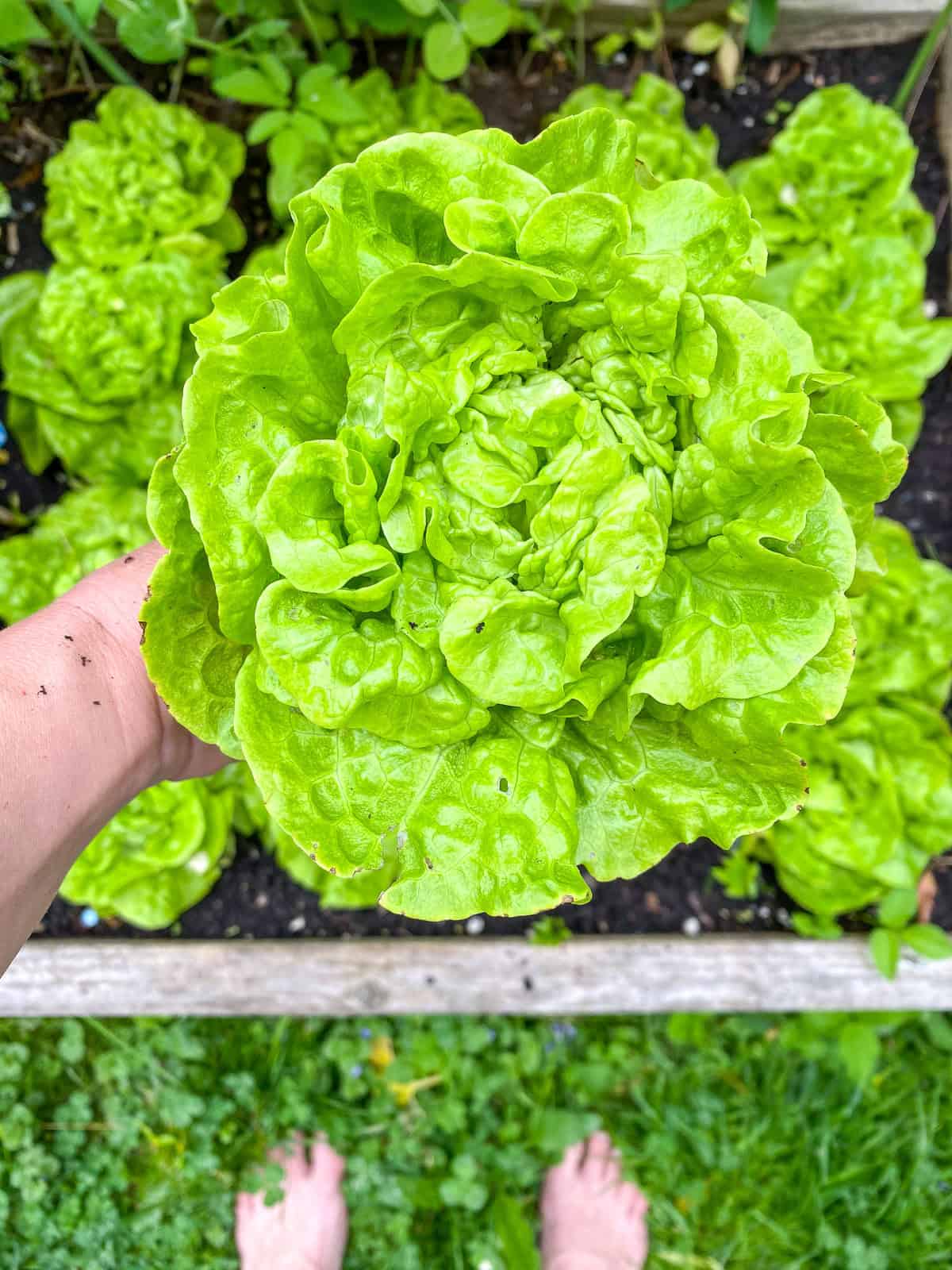
A just picked head of homegrown Tom Thumb lettuce, a household favourite.
In my household, throughout the fall and winter, we routinely purchase heads of various kinds of lettuce and packaged lettuce mixes every week - we eat a lot of salads around here! When things start to warm up in the spring, and lettuce seeds and seedlings are planted out in the garden, our lettuce purchases fall to almost zero! It is deeply satisfying to see that it is actually possible to reduce the amount of produce purchased from the store with the rewards of backyard gardening efforts.
Jump to:
How to grow lettuces
The first year I grew crops in my newly built backyard Square Foot Garden I came across a small pot of densely packed mixed lettuces from a now favourite seedling vendor. Intuitively, I split the pot of lettuce seedlings into four clumps - there were just so many plants packed into one small pot - and planted them into one square foot of a raised bed. That one pot gave me a square foot of baby lettuce greens for months, cutting after cutting! It certainly added to my confidence as a new grower, as well as adding to my successful yields!
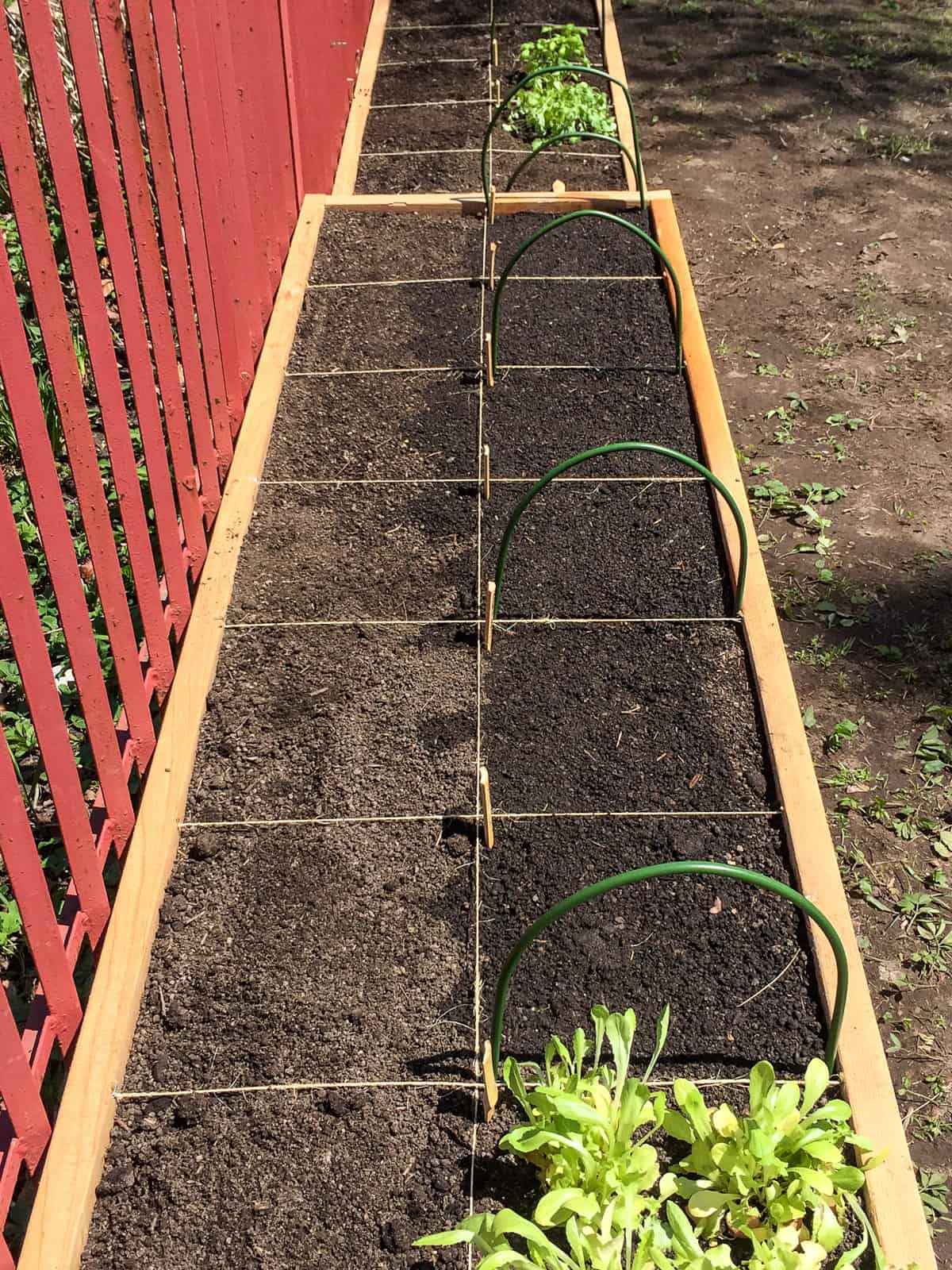
At the front of the image, you can just see the planted mixed lettuce seedlings from one of my first years growing edible plants.
Cut and come again
One wonderful aspect of many lettuce varieties is that they are cut and come again plants, meaning that individual leaves can be harvested from the outside of the plant, leaving the still growing centre to continue maturing, for harvesting throughout the season. The immature leaves can be picked as baby greens, or the entire mature lettuce can be cut off just above soil level. Once cut, many varieties will start growing yet again for a second harvest.
Planting lettuce seedlings
If you are a novice grower of edible plants, or just want to scale back your gardening workload, I suggest using purchased lettuce seedlings. Lettuce seedlings usually have a few sets of leaves already grown, and are a bit less delicate than homegrown seedlings, making them easier to handle. Another bonus is that the more time intensive work of getting the lettuce started from seed is already done. Once the lettuce seedlings are planted, just time and patience, and some basic plant care, is needed until leaves can begin to be harvested.
I love buying little pots of mixed lettuces, which are usually crammed with numerous juvenile plants, which can be planted in their entirety. I most often split apart the dense set of seedlings into multiple clumps for planting, a technique that I have done many times over the years with great results.
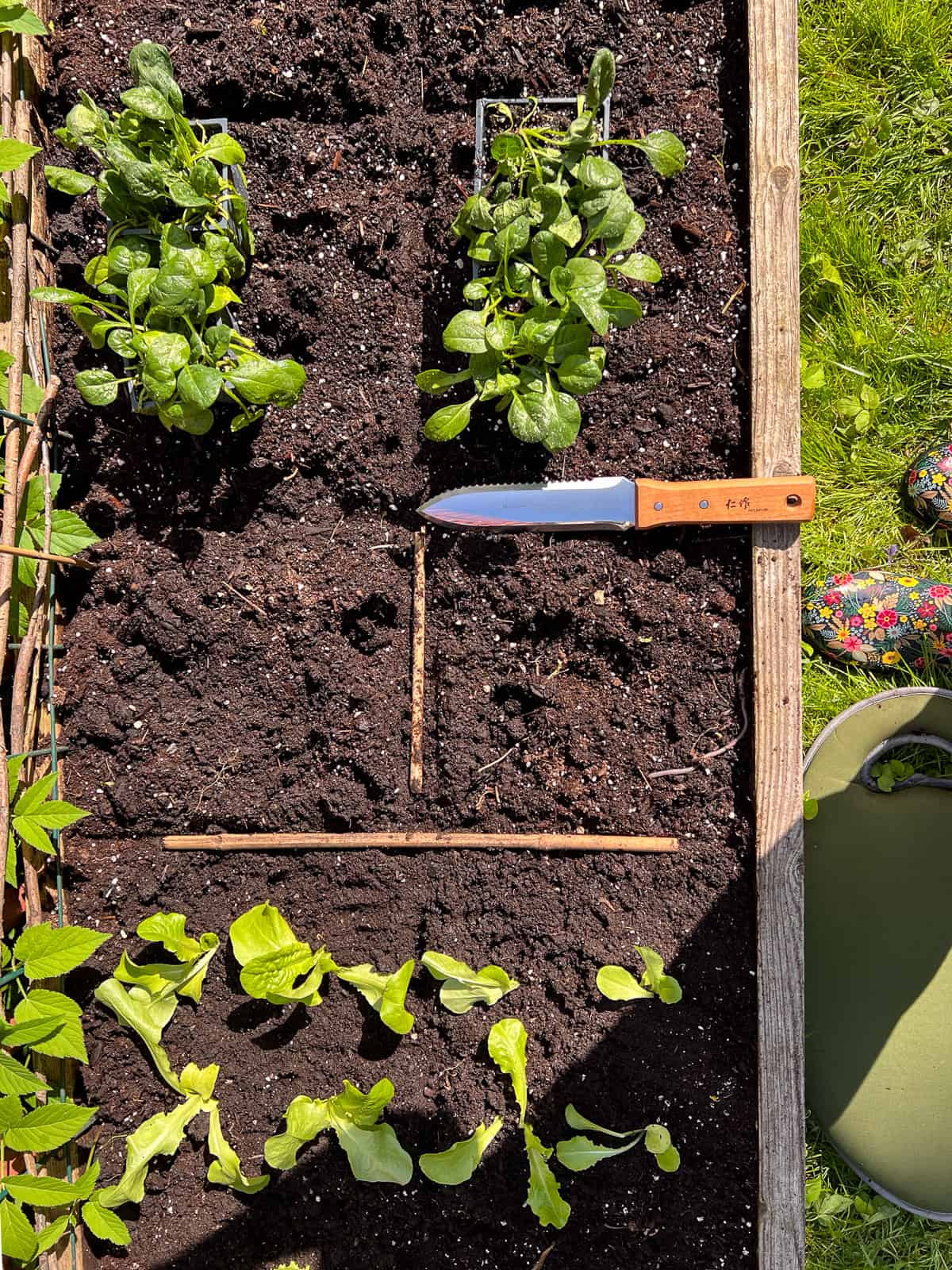
Planting seedlings, from romaine lettuce (at the bottom of the image), to spinach (waiting for planting at the top of the image), makes for an easier gardening workload when needed.
Starting lettuce seeds
When I have the time I start lettuce indoors from seed under grow lights. As most lettuce seeds are almost microscopic and I find it a bit too fiddly to separate just one or two, I usually put a tiny pinch of seeds in each of the growing cells I am using. That means I will most likely obtain more than one little seedling in each cell, which will require a little bit of attention once the seedlings start to sprout.
I find that many lettuce seedlings are kind of spindly to start with, with a delicate root and lanky leaves that get tangled up together if too many seeds are planted in close proximity. So, as soon as the seedlings pop up, I use tiny scissors to simply snip off the extra seedlings at soil level, a process called thinning, leaving just the best looking seedling in each growing cell. These little thinned out greens can be removed and added to a homemade salad, so nothing goes to waste.
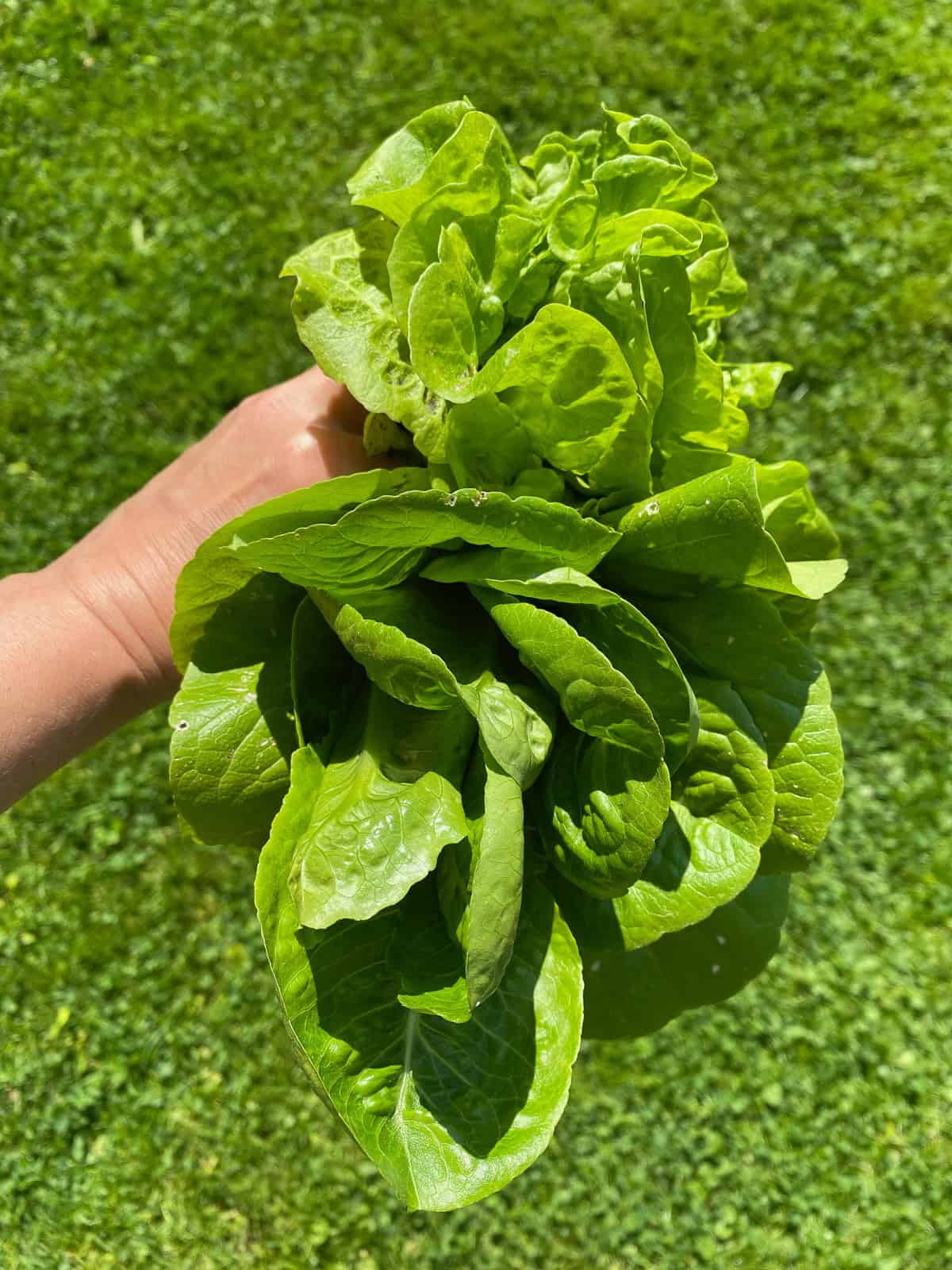
My two all time favourite lettuces: Tom Thumb Bibb, and Winter Density romaine.
Scattering lettuce seeds
Another way to grow lettuce mixes is to use the scattering technique, meaning that instead of planting individual seeds, the seeds are lightly scattered onto the soil. Once the seeds are scattered, they should be covered with a very light sprinkling of soil, and regularly watered.
This method of growing, as there is far less room for each individual plant, will result in a dense little plot of salad greens. These lettuces can be harvested as baby salad leaves, similar to what can be found in a packaged mix. However, unlike what is available at the supermarket, there are so many more interesting and specialized lettuce mixes available to choose from for the edible plant grower.
Sometimes when I have a bunch of little bits of seeds leftover from various lettuce seed packets that I would have otherwise planted regularly as individual plants, I just mix them together and use the mixture as my own homemade scattering mix; it’s ok to experiment !
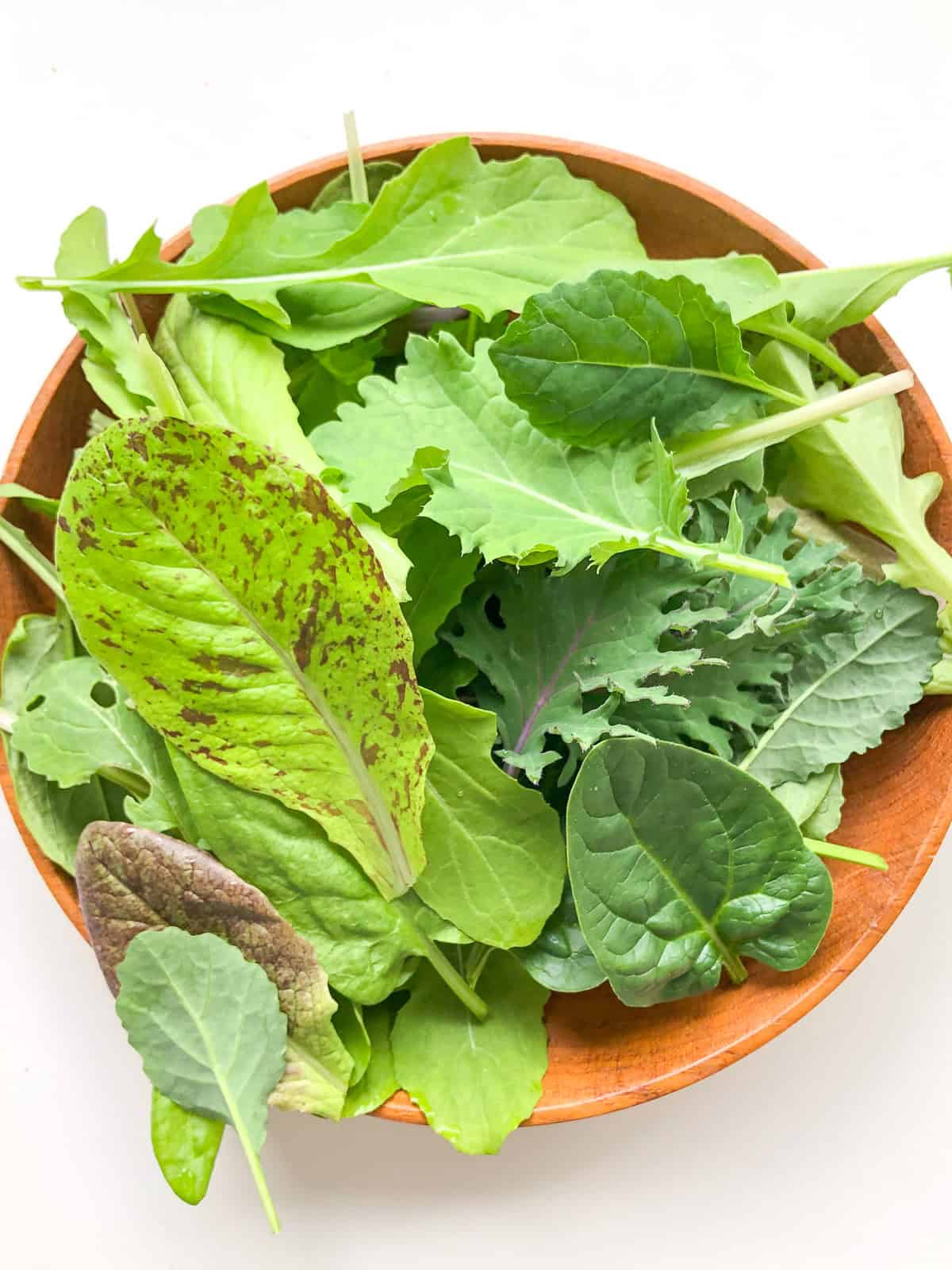
Mixed baby greens, with some baby kale and baby spinach, just picked from the garden, ready for a dinnertime salad.
Varieties
While there are so many lettuces to choose from when picking seedlings or seeds, there are a few favourites that I return to over and over again as reliable mainstays; each year I add new varieties as I come across them.
Tom Thumb lettuce
This has to be my favourite lettuce that I have eaten or grown. A Bibb style lettuce, this little tennis ball sized lettuce (or I find, a bit larger than that) is a true delight in so many ways. It has a mild classic lettuce flavour, grows remarkably well with little tending, and fits 4 to a square foot, meaning that it's possible to produce many heads of lettuce even in a small space. I usually plant 2 to 4 square foot plots with this little delight. If I can remember to do so, I space the plantings out so that the lettuces mature over the harvesting window, a process called succession planting. I have not seen these little beauties available in seedling form very often, and so I plant them directly from seed.
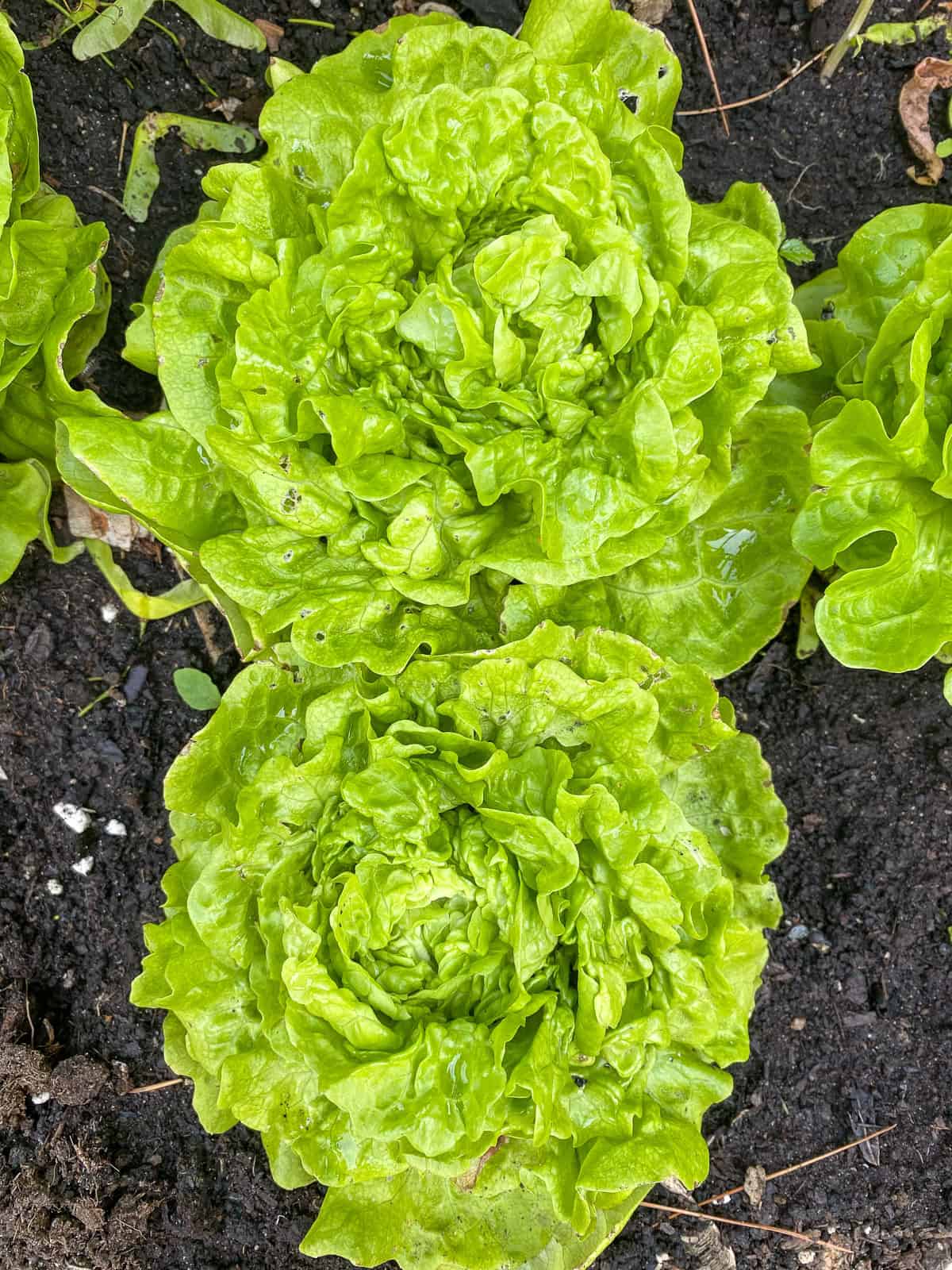
Four of these delightful little lettuces - each one perfect for one or two salads - fit into a single square foot gardening plot (two of four pictured here).
Romaine Lettuce
While romaine lettuce may on the face of it seem rather boring, I love crunchy, tasty romaine in anything from a caesar salad to a lovely sandwich. Homegrown romaine seems more flavourful than store bought - well, doesn’t everything? - and I keep returning to this mainstay year after year. While I have grown romaine from seeds - and Winter Density is a favourite variety amongst the numerous varieties available - romaine seedlings are widely available, so I usually plant purchased seedlings.
Each little pot of seedlings may contain anywhere from 4 to sometimes upwards of a dozen seedlings, so with some careful seedling separation, it's possible to end up with a dozen heads of lettuce for less than the price of one purchased head of lettuce! Romaine is also easily harvested leaf by leaf, so I usually plant a few squares that I plant to harvest throughout the season, and a few squares that I plant to let mature into full heads for later on in the season.
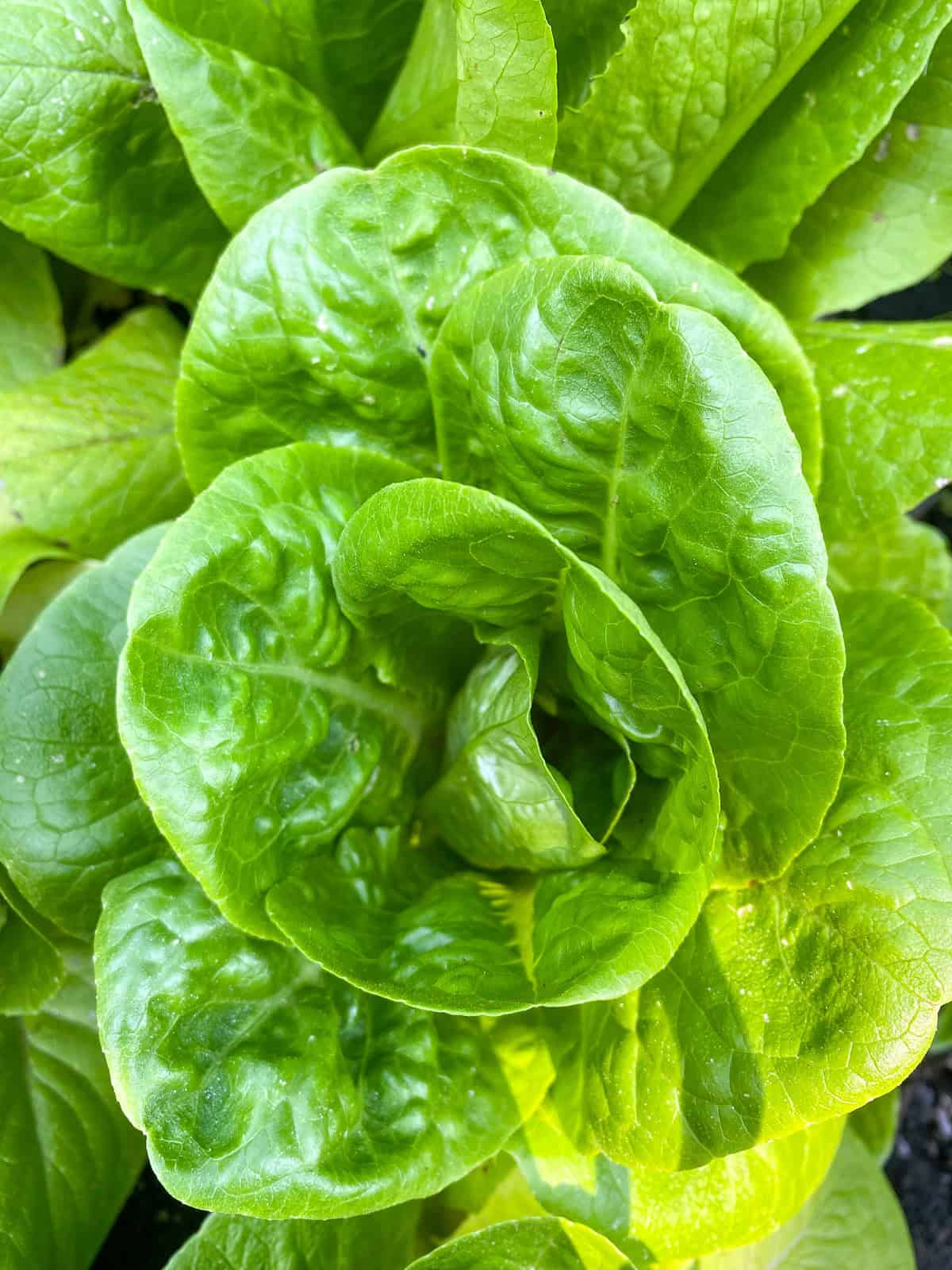
A mature head of romaine ready to harvest.

Individually harvested romaine leaves added to a day's harvest from the garden.
Availability
Lettuce seeds are a staple for almost any seed company out there, as are seedlings, which can be found at garden centers, farmers markets, and farms.
Resources for seeds and seedlings
Farmacie Isolde - I adore this small scale seed vendor as much for the pleasure of reading their seed and plant descriptions as for the truly interesting and successful harvests I have been rewarded with from using their seeds.
Richters - If you love herbs, this place has the motherload. If you are ever in the neighbourhood or fancy a drive in the country, is it more than worth it to walk through their greenhouse and become acquainted with hundreds of types of herbs, many that you may have never even heard of. Their catalogue contains a huge range of herbal and medicinal seeds, as well as a selection of interesting vegetables and fruit seeds. They also sell plant starts which I have yet to try.
Urban Harvest - This local vendor carries organic seeds for vegetable gardening essentials and also produces plant starts in the spring.
West Coast Seeds - This Canadian vendor supplies a huge range of organic and heirloom seeds, as well as handy planting charts for zones across Canada.
Wheelbarrow Farm - An organic vegetable farm in Ontario that sells fantastic organic seedlings each spring, directly from their farm and at various locations in and around the Toronto area.

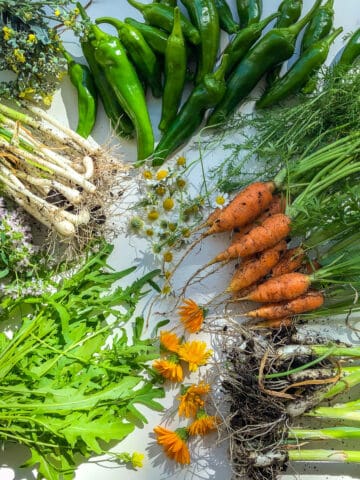
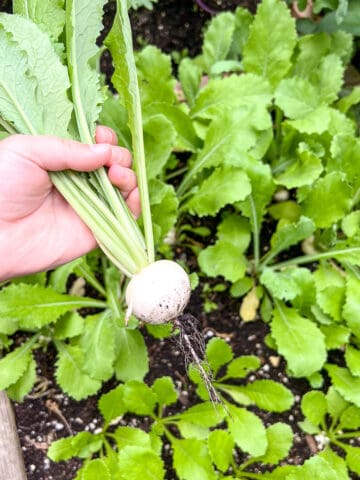
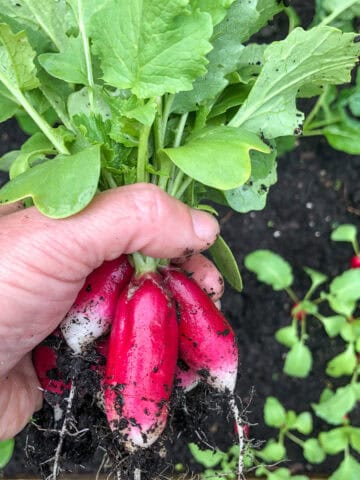
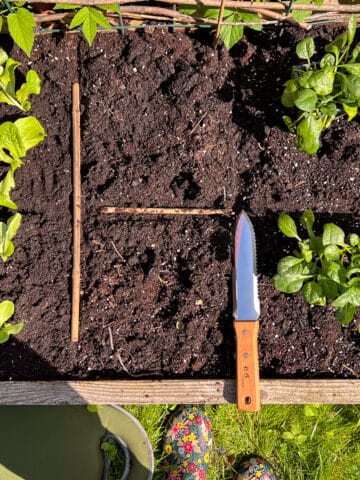
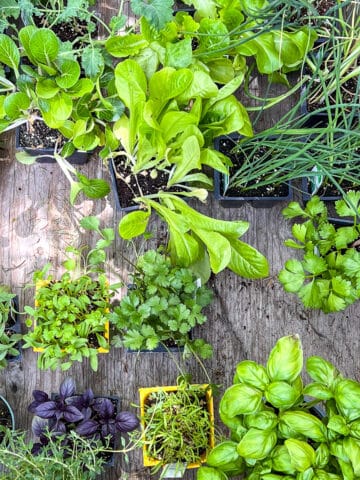
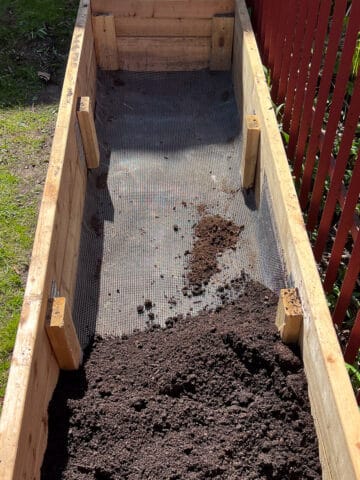
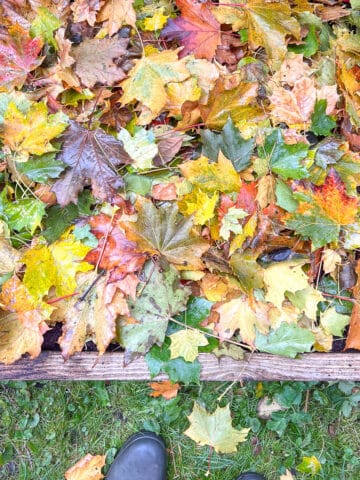
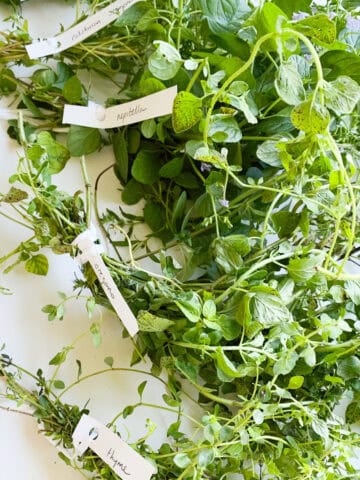
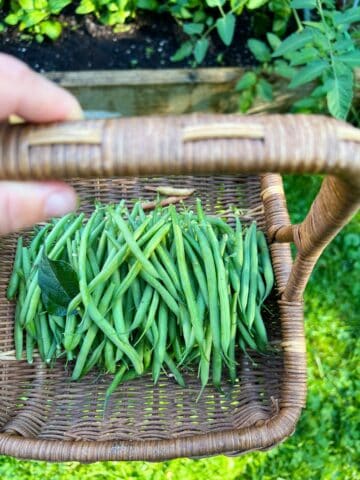
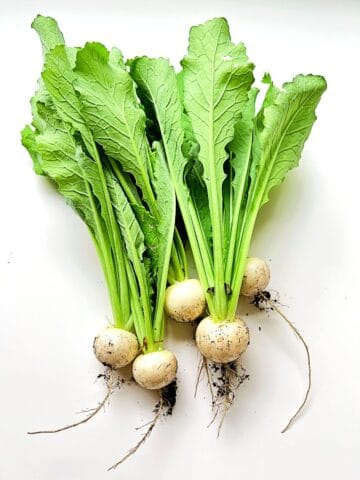

Leave a Reply